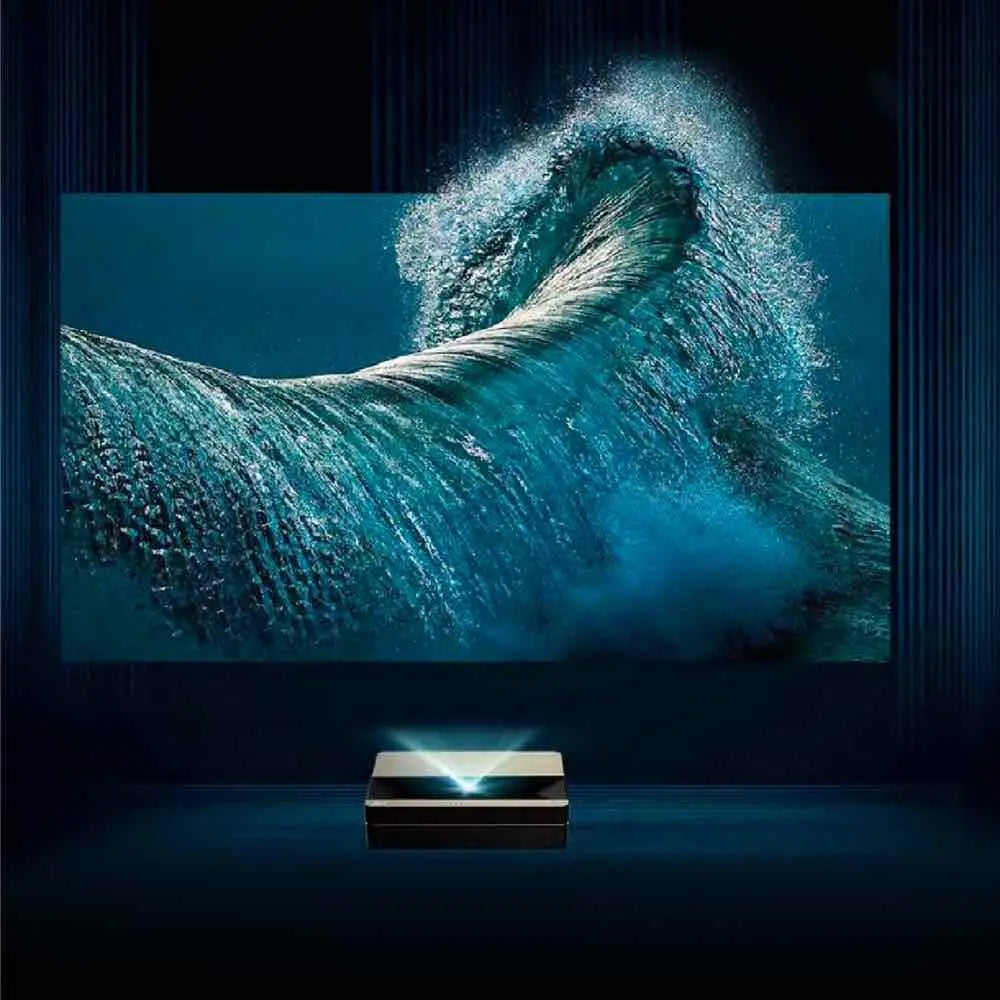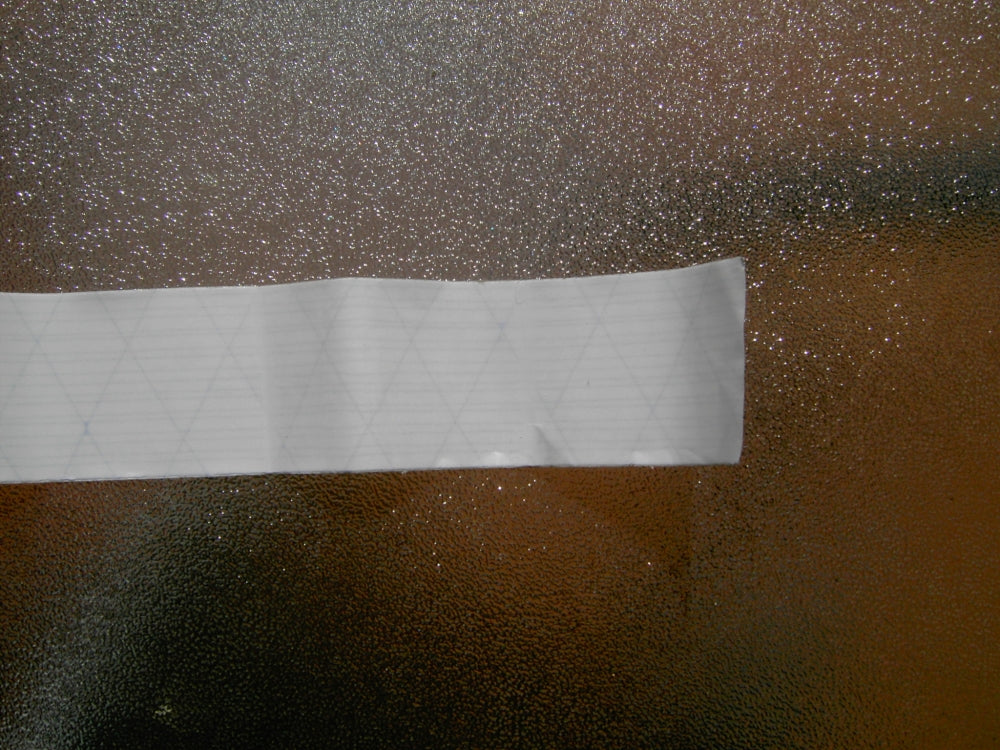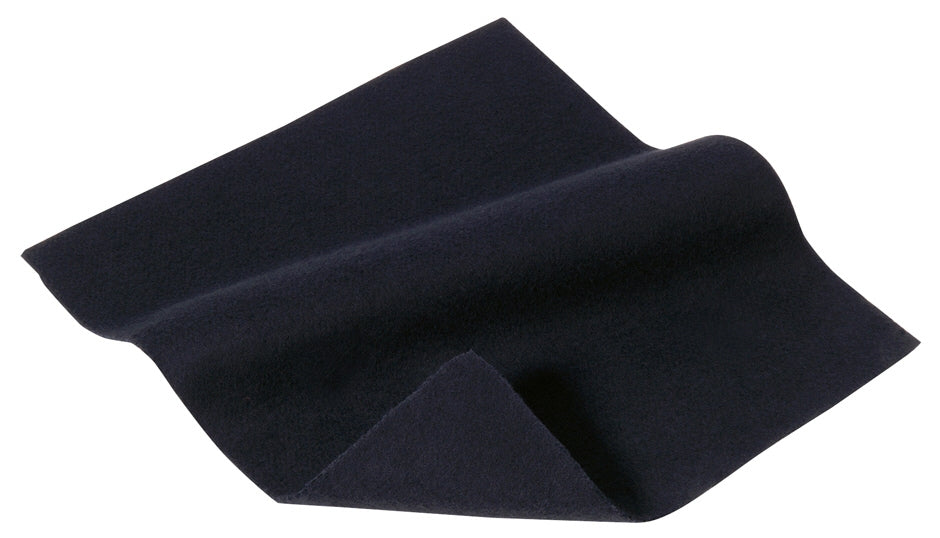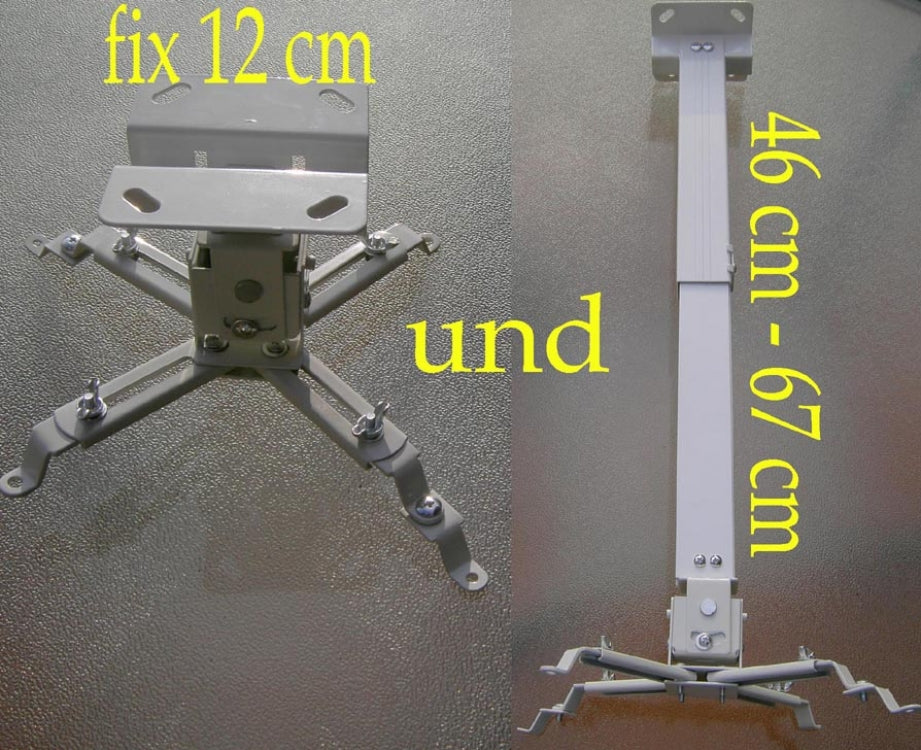
Projector screen differences
In modern home cinemas and professional studio setups, projectors project a light image onto a surface. In most cases, users of this technology use a video screen as a projection surface for this purpose. The performance of the projector (projection performance) and the distance of the projection surface from the projector are the most important parameters for the dimensions of the screen. Spatial limitations aside, the respective budget and the "viewer setup" also play an important role. This "viewer setup" refers to the seating positions of the viewers; not everyone necessarily sits at a perfect right angle to the projection surface. The viewer perceives the reflected light from the projection surface and the amount of light reflected should be as even as possible for the viewer across the entire surface of the screen. The luminance factor, also known as the gain factor, refers to the reflection behavior of the screen.
What is the gain factor:
This gain factor characterizes the light emission behavior of the screen, related to a certain directional angle. The projection angle and the viewing angle are ideally 90° to the projection surface. So whoever sits at a 0° angle to the screen has the preferred pole position, the place with ideal values. However, not every viewer can sit in the perfect angle range and this is where the gain factor of the screen really comes into its own. At viewing angles of +- 20° to the ideal axis, a screen can also have a gain factor of around 1.2. Screens with a gain factor of 1.0 up to viewing angles of +- 50° produce a clearly visible image. The reflection of the available light to the sides increases further with gain values below 1.0 and reaches its maximum possible viewing angle of +- 80° at around 0.7.
What should I pay attention to when buying a video screen?
Other quality parameters for a canvas include its other properties and characteristics. For example, it is important to avoid possible wrinkles and stains during construction and the granulation of the coating also plays a role.
- Typically, higher quality canvases have a longer lifespan and are easy to maintain.
- Professional screens that are truly designed to meet your needs require expert advice from a screen professional.
- The most expensive screens are not the best for every application.
- However, the quality of the canvas should always meet the requirements.
- Cheap package deals often result in canvases with defects and are often made of paper.
- In addition to the appropriate gain factor for your installation area, it is also important to consider the right size and format when purchasing.
- If possible, the canvas should also be categorised as flame-retardant.
- There are canvases made of laminated paper, PVC and various fabrics (textile fabrics).
- Glass fiber fabrics are used for higher quality applications.
- Multi-layered fabrics can ideally provide 100% light-tightness.
- Here, attention must also be paid to the processing quality of the edges. A washable surface allows the canvas to be easily cleaned with commercially available and mild cleaners.
- High-end products may be expensive to purchase, but in many cases they can also provide a more unadulterated home cinema experience.
- Your individual and spatial parameters should be the main deciding factor in your purchase, in addition to your budget.
Many factors play a role in home theater use. - It always depends on the correct configuration of the individual situation in your home.
- Ideally, a good reflection behaviour, combined with a certain ease of care and also good light tightness of the used









